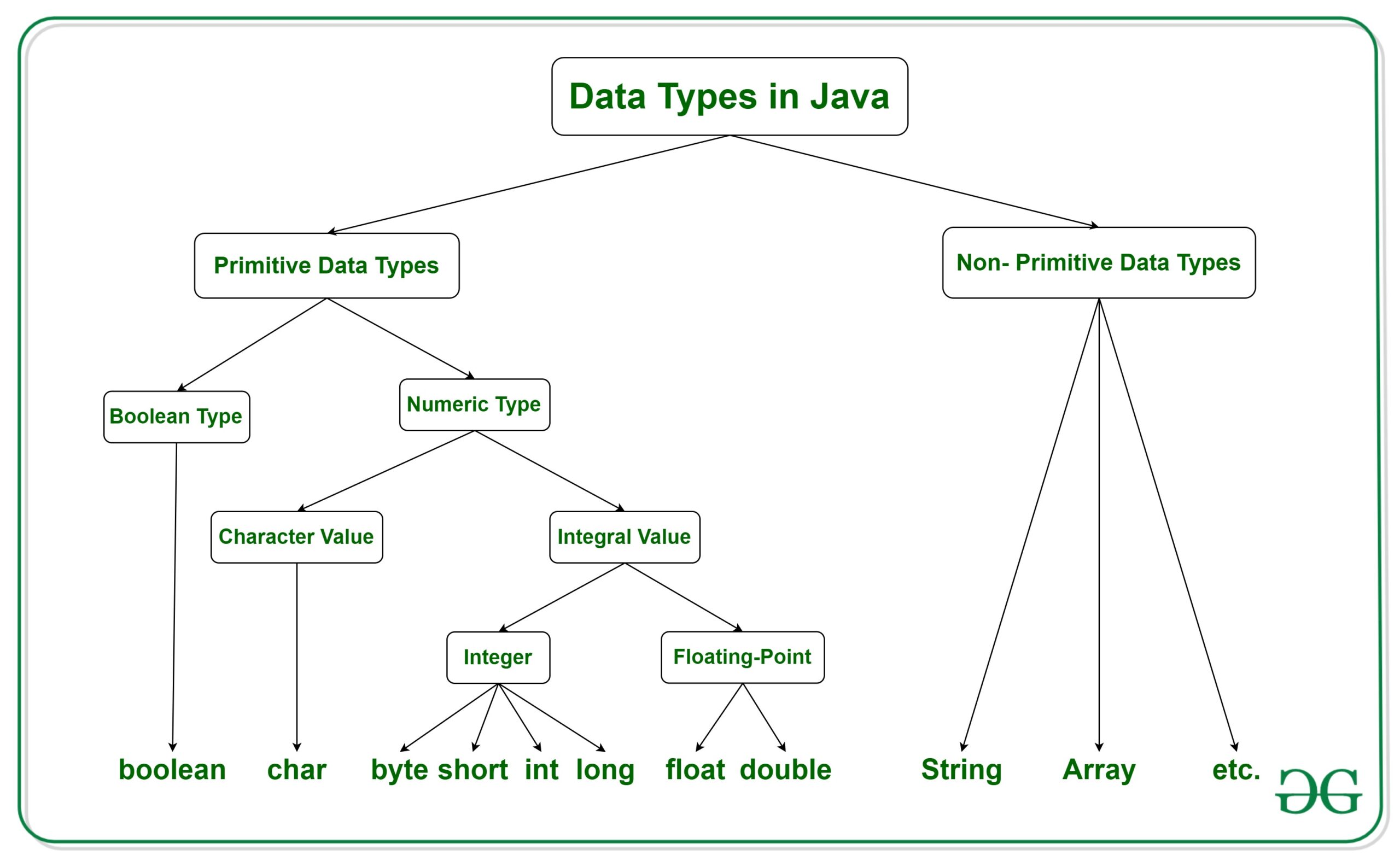Primitive data type is a classification of data used to describe and refer to specific types of information used in computer programming. It is also referred to as the “primitive type system” or the “primitive data model”. Primitive data types typically include integer numbers, floating-point numbers, characters, and boolean values.
In most programming languages, the primitive types are built-in, meaning they are available directly within the language. In other languages, primitive types can be achieved through abstractions, such as classes or structures. In either case, the use of primitive types is fundamental to programming, as they are the basis upon which more complex data types and data structures can be built.
In other words, primitive data types are used to represent basic pieces of information and are the tools used to build more complex data structures, such as arrays, structures, and objects. This allows for more efficient manipulation of data, as data can be organized at a higher level of abstraction.
Examples of primitive data types include:
Integer – An integer is a whole number with no fractional component.
Float – A float is a number with a decimal component.
Character – A character is a letter, number, or symbol.
Boolean – A boolean is a binary value of true or false.
Primitive data types are typically used as the inputs or outputs of a program, and as data stored in files or hard disks. They are also used to construct more complex structures, such as arrays and objects. Primitive data types are essential to many aspects of computer programming and are the basic building blocks of many types of software.





